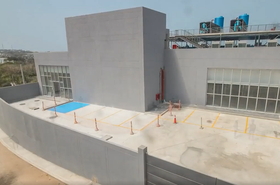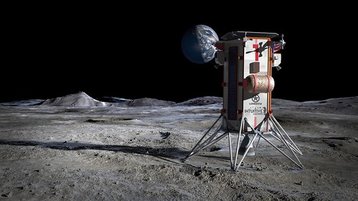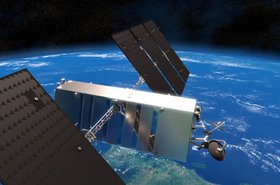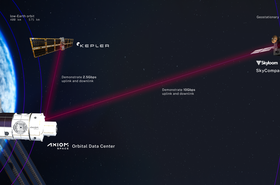Lonestar Data Holdings plans to transmit the US Declaration of Independence to the Moon and back.
It will send the document to its planned Lunar-based mini-data center, which is expected to hitch a ride on Intuitive Machines’ Nova-C lander. The IM-1 mission is currently scheduled for launch in a six-day period that opens November 16.
Should the launch go to plan (there is also a chance of delay due to launch pad congestion), the lander will begin a five-day journey to the Moon. It will then orbit the celestial body for a day, before attempting a landing at Malapert Crater, some 300 kilometers from the Lunar south pole.
Lonestar plans to transmit the Declaration of Independence three times, one for each stage of the journey - once while it is in transit, once while it is in orbit, and once after it has landed. It will then send a copy back from the Moon to Earth.
"We are thrilled to be at the forefront of this historic moment in data storage and recovery," Chris Stott, founder and CEO of Lonestar Data Holdings, said. "Transmitting the US Declaration of Independence to the Moon is a testament to the reliability and resilience of our Disaster Recovery as a Service (DRaaS) solutions."
The Lonestar hardware will also travel pre-loaded with the Magna Carta and data for customer, the State of Florida. The Isle of Man earlier announced that it would store digital copies of postage stamps on Lonestar's service.
For the trial to work, Intuitive Machines' lander will have to reach the Moon successfully. It would be the first non-governmental spacecraft to successfully land on the Lunar surface, after an Israeli effort crashed in 2019 and a Japanese attempt crashed this April.
The lander will carry five NASA payloads, and six commercial ones, including Lonestar and work by artist Jeff Koons.
The initial Lonestar deployment will be a server and storage module the size of a book, powered by solar energy and built by space logistics firm Skycorp.
More in Edge & IoT
-

-

-

Episode On the Edge of entertainment




